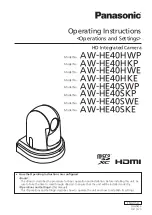
DPU/DO - Page 13 - REV. 5/25/00
After the initial communication test has been completed and all units are communicating
properly, the normal communication screen, shown below, will appear.
- - - - - - - - - - - - - - - - - - - - - - - - - - - - - - - -
S P A C E S A V E R D I A G N O S T I C U N I T 3 . 6
* * * C O M M U N I C A T I O N N O R M A L * * *
C o n n e c t e d t o 3 U n i t ( s )
- - S e l e c t . . . < H E L P > < R E M O T E >
< D I A G N O S E > < T E S T >
- - - - - - - - - - - - - - - - - - - - - - - - - - - - - - - -
-- Communication Normal Screen --
This is the main screen from which all functions can be accessed. This screen presents the user
with four possibilities. Pressing HELP will again display an information screen concerning these
possibilities. By pressing TEST the user can re-run the initial communication test again. This is
useful if the system communication run has been shortened since the last initial communication
test. Pressing DIAGNOSE will send the user to the system diagnostic functions. Finally, by
pressing the REMOTE key the System Diagnostic Unit will enter remote mode, and operate
exactly as if it were a Power Pro, EC300 or EC400 hardwired remote. The operation of this
mode will be described in detail later in this manual.
NOTE: Any time the communication run is shortened, either by removing
an end of system jumper or pulling off a communication cable
while displaying the communication terminated or communication
normal screens, the System Diagnostic Unit will sense the
communication fault and re-run the initial communication test.














































